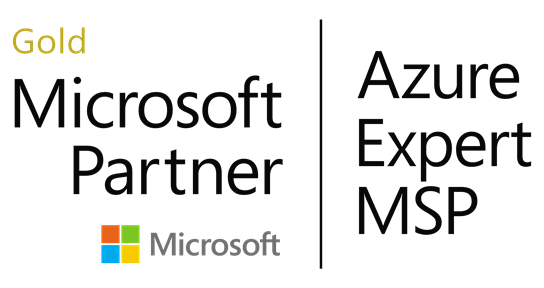Skype for Business Online End of Life (EoL) is scheduled for July 31st 2021, so now’s the time to consider your upgrade options.
In this blog we’ll run through what ‘End of Life’ means, how Skype for Business Online EoL might affect your business, and what your upgrade options are.
What does ‘End of Life’ mean?
When a company announces an end of life (EoL) date for software it can mean one of two things. Firstly, it can refer to the end of active support for that software – no more bug fixes or security updates. The solution is still usable but will no longer be secure. In this instance there is usually the option to purchase Extended Support at an additional cost in order to ‘tide you over’ until you’ve been able to upgrade to a newer software solution.
Secondly, it can mean that the software is being retired all together. Put simply, the software will be switched off. This is what Microsoft have opted to do with Skype for Business Online.
Why are Microsoft retiring Skype for Business Online?
Microsoft made the decision to retire the solution in order to put all of its investment and feature enhancements into Microsoft Teams, their “hub for teamwork” in Microsoft 365. Teams supports most of the Skype for Business Online features such as messaging, meetings, and calling.
How will my business be affected?
When Microsoft retires Skype for Business Online on July 31st, the service will no longer be available, meaning you need to start planning your next steps as soon as possible.
Skype for Business on-premises, Skype for Business Server 2015 and Server 2019 will be unaffected. However, if you’re keen to gain the flexibility and cost benefits of moving your collaboration solution to the cloud, why not consider an upgrade?
What are my upgrade options?
Upgrading offers you the opportunity to improve collaboration and productivity within your business.
Modern collaboration solutions combine feature-rich chat, video, calling and document sharing on one platform, as well as enabling integrations with other apps. The result? Your teams can communicate more effectively and collaborate without the need to switch between apps. They become more agile, efficient and you reduce unnecessary overheads.
There are a couple of Skype for Business Online upgrade options available to you. It’s just a matter of choosing the right one for your business.
Migrate to Microsoft Teams
Microsoft’s preference is of course for Skype for Business Online users to migrate to Microsoft Teams which enables you to adopt a more modern workplace collaboration solution, while remaining in the Microsoft ecosystem.
Microsoft Teams has more capabilities than Skype for Business Online, which makes for a better user experience and more opportunities for collaborative work. The solution has been designed to be tightly integrated into the rest of the Microsoft product portfolio.
Whilst Microsoft Teams is extremely feature-rich, to use it as a complete business collaboration system requires additional solutions that are not found in the core Teams product, such as PSTN calling, call recording, and contact centre functionality. This is important to note for users migrating to Teams from other platforms.
Migrate to Cisco Webex
Most Skype for Business users will naturally want to migrate to Teams, but if you’re looking for alternative platforms, another strong contender in the market is the Cisco Webex suite of solutions. Cisco prides itself on being easy to use, enabling teams to collaborate with the click of a button.
Compared to Microsoft Teams, it offers a similarly feature-rich platform so you won’t be missing out on anything – think video, calling, chat, document sharing and more within one integrated app.
Next steps
Moving from Skype for Business Online to a new platform can be a big project. You’ll need to assess your options and plan carefully to protect your business’ essential communication channels. You’ll also need time and resource to move users on to the new platform and support user adoption.
Here at N4Engage, we can help you at every stage of your migration project:
Step 1: Planning – we provide consultancy services which help with platform selection and devising a best practice path to migration.
Step 2: Deployment – we’ll work with you to ensure smooth deployment of the new platform, so it has minimal impact on business operations. With our extra resource, your IT team will be able to balance project demands with the day-to-day demands of the business.
Step 3: Ongoing support – we can deliver your chosen platform as a 24x7x365 managed service, giving you access to expert advice and support, and freeing you up to focus on ROI activities.
For more information, or to begin your workplace collaboration transformation journey, get in touch with one of our experts.








